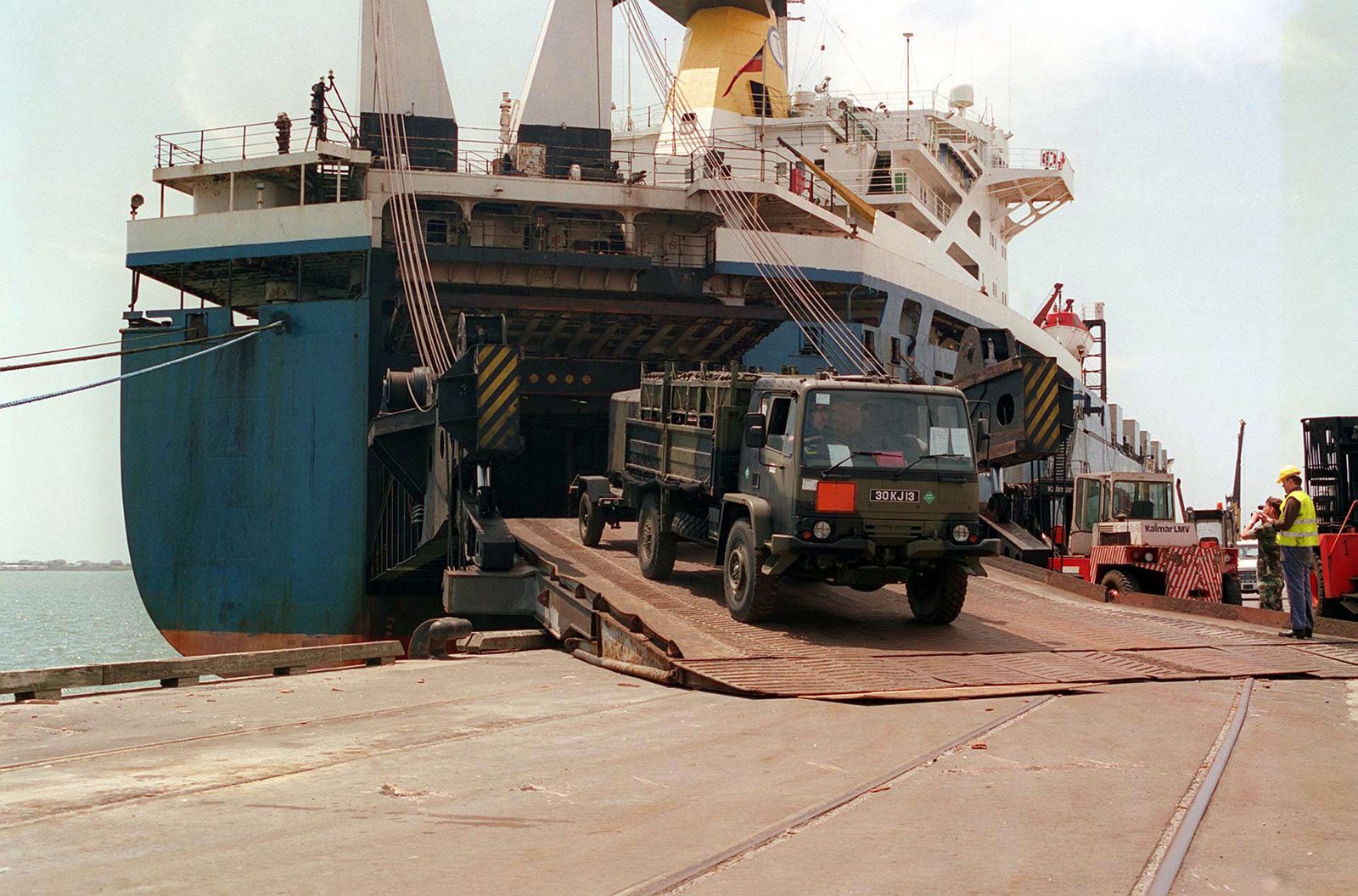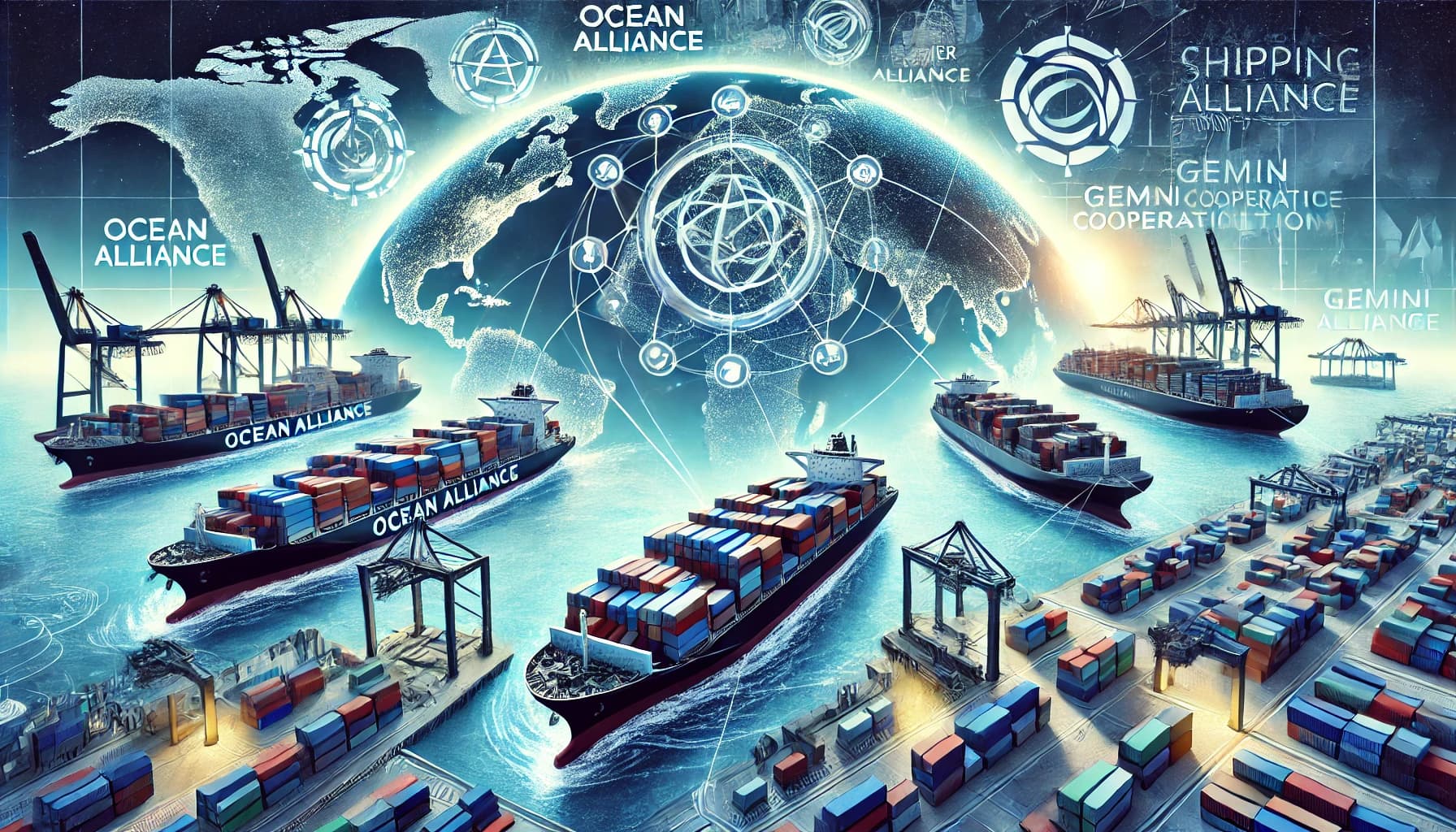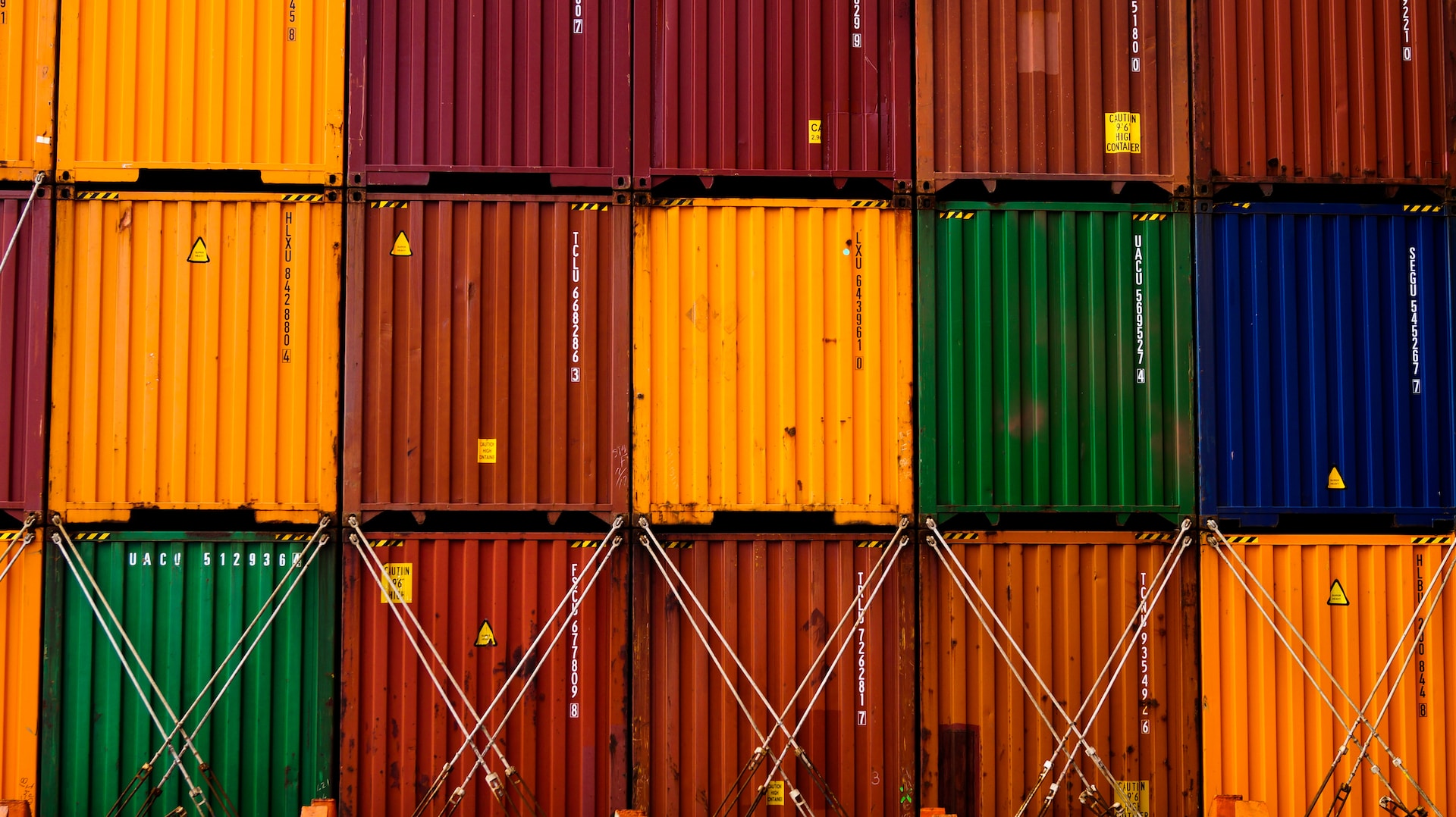Do you want to know what a RoRo ship is? If so, you’ve come to the right place. RoRo stands for roll-on / roll-off which means it’s a vessel that has been designed to carry wheeled cargo: Think cars, vans, trailers, busses and trucks. Anything that can be ‘rolled on' and then 'rolled off’ the ship.
But there’s a little more to the RoRo ship than just that, including some variations on the RoRo theme. In this article we’re going to take a deeper dive into the world of the roll-on / roll-off vessel and find out more about this often overlooked member of the world’s merchant navy fleets.
After all, who says that cargo ships and container ships should get all the glory!
This article is part of our series that explores different vessels, so if you’ve ever wondered what a lightship, a fireboat, a crane vessel or an oil tanker is, how icebreaker ships work, what a heavy lift vessel transports, what chemical tankers and fishing vessels do, what bulk carriers such as Panamax or Supramax vessels are, or what gas carrier ships or dredgers do, keep on reading and hopefully we’ll have some answers for you!
But for now, let’s focus our attention on the RoRo vessel.
What are RoRo ships and what makes RoRo cargo vessels different?
First of all, you might also see RoRo ships being called Ro-Ro ships. This is the same thing, just a different spelling.
Read more:Everything You Need to Know About Coaster Vessels
So what makes the RoRo different from the majority of other ships used to carry cargo? For a start, container and cargo ships use cranes to load and unload their freight.
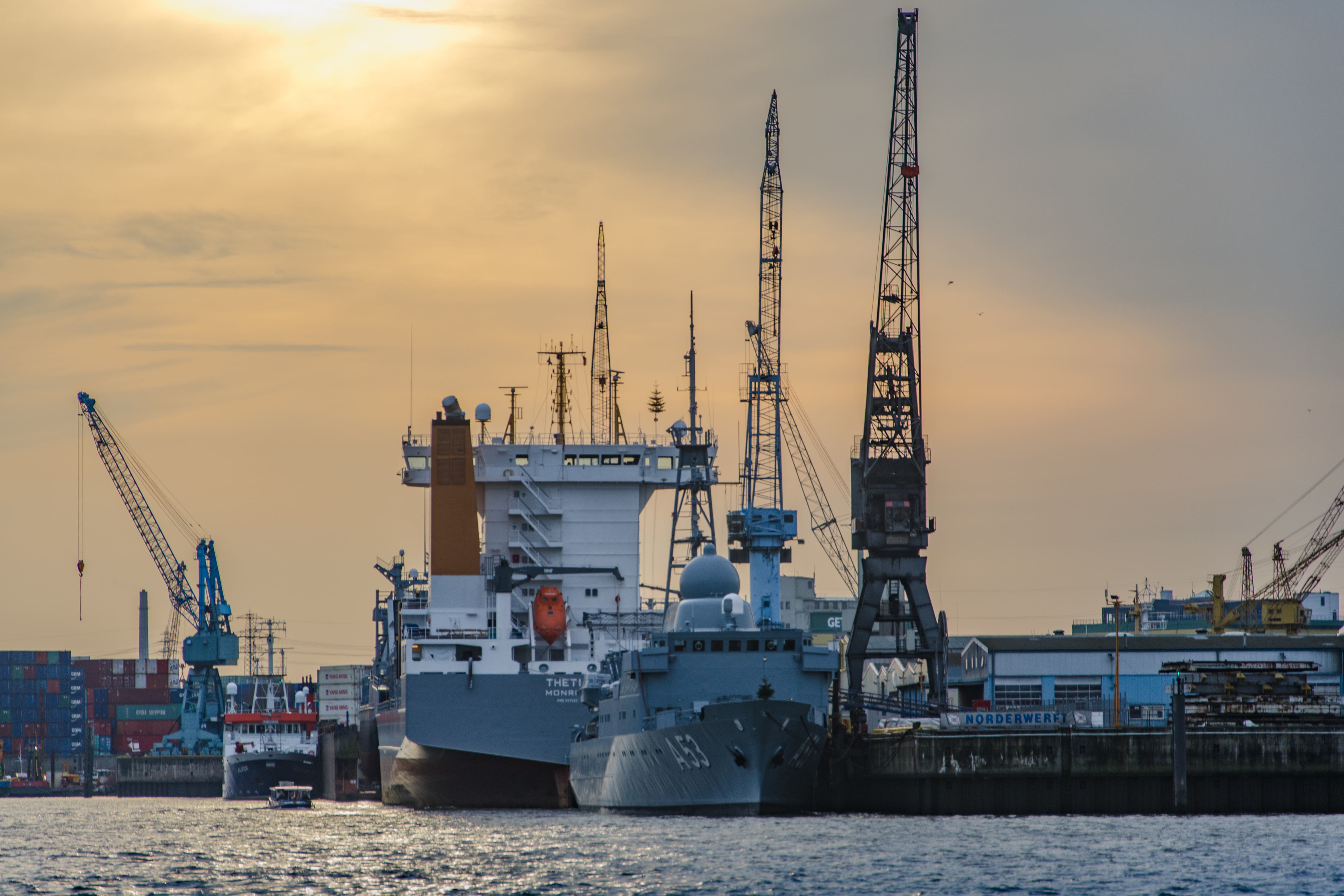
These cranes are usually located on the port, although some smaller ships, such as feeder vessels will have cranes onboard. Vessels that use cranes are known at LoLo ships - lift-on / lift-off.
Clearly, given the nature of its cargo - namely wheeled vehicles - a RoRo doesn’t need to rely on cranes: Instead the vehicles it carries can simply be driven on and off the ship via a ramp.
Read more:Everything You Need to Know About Mining Ships
In the majority of RoRos, the ramp is located at the stern of the vessel. For others, the ramp will be in the bow or at the sides of the ship. Ramps are also situated at the port for those vessels which don’t have their own built-in ramp.
The history of the RoRo ship
RoRo ships first started appearing in the 19th Century (1801-1900). And with the first motor vehicle not being patented until 1886 by Carl Benz, clearly the early RoRo wasn’t being used for the transportation of cars and trucks.
Read more: Everything You Need to Know About Tugboats
What it was developed for was the transportation of railway cars and carriages which were proving to be too wide for the bridges located en route to their destination. The obvious choice was to look below the bridges to the river instead, and hence the RoRo ship was born.
One of the earliest RoRo ships was the Firth of Forth ferry which began plying her trade in Scotland in 1851. The train tracks were laid on the vessel in such a way that they could connect to the land-based rails.
The trains were then simply rolled onto the ship and then rolled off when they’d reached their destination. These days you can book cruise tours around the Firth of Forth.
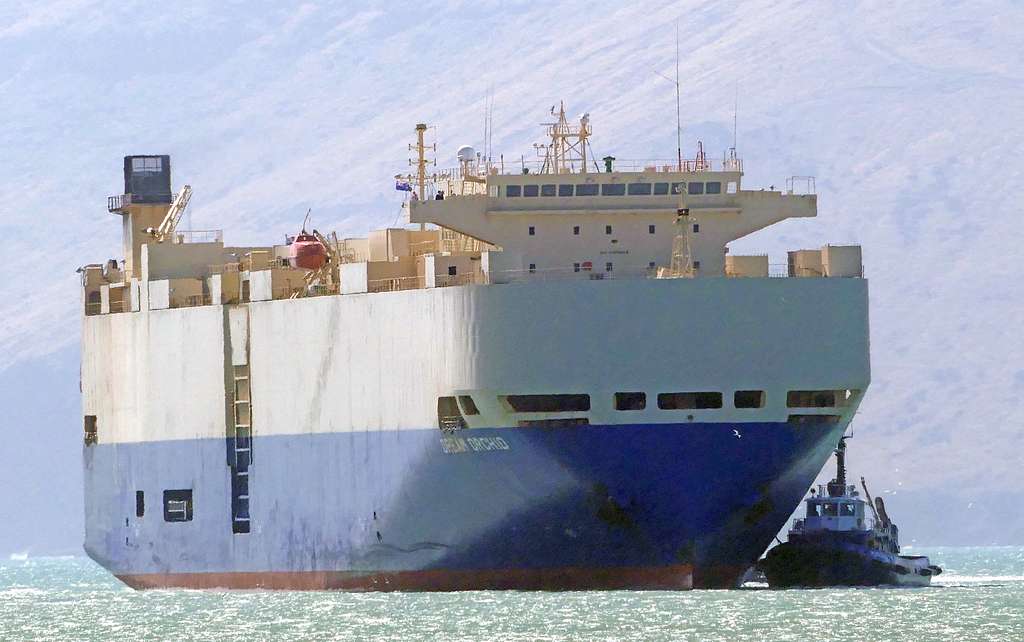
Read more: Everything You Need to Know About Cable Laying Ships
But did you know that RoRo ships are not just merchant navy or commercial vessels? They also had a role to play in the Second World War.
It was then that it was realized how valuable the roll-on and roll-off method of transportation could be when it was used in tank landing craft - the amphibious vehicles that - as the name suggests - landed tanks on the beaches, for example on D-Day and in other battles.
Read more: Everything You Need to Know About LNG & LPG Tankers
Shortly after, in the late 1940’s, merchant ships began to benefit from the RoRo principle and it became popular on short ferry crossings, especially as motor cars and other vehicles became increasingly popular.
Fast forward to today, and most of us have, at some point, been on a RoRo ship, whether it’s as a foot passenger, a vacationer ‘rolling on and rolling off’ to explore everything the other side of the river or sea has to offer, a commercial truck driver, or even a commuter who works on the other side of the water.
Types of RoRo ships
The benefits of the RoRo cargo vessel are undeniable, for both the passenger and the shipping company, owner or operator.
Consider how long it takes to typically load and unload freight by crane compared to how long it takes for vehicles to literally drive on to the ship, park, and then drive off again at the port on the other side.
Read more:Everything You Need to Know About Pilot Boats
Therefore it’s not surprising that different iterations of the RoRo vessel have developed since those early days of transporting train wagons in Scotland!
Different types of RoRo vessels
A RoRo ship that is used for transporting vehicles as freight falls under the umbrella of ‘cargo ship’ however, there’s more to the humble roll-on and roll-off vessel than that. As seen, passenger ferries can also be RoRo ships, as can cruise ferries and barges.
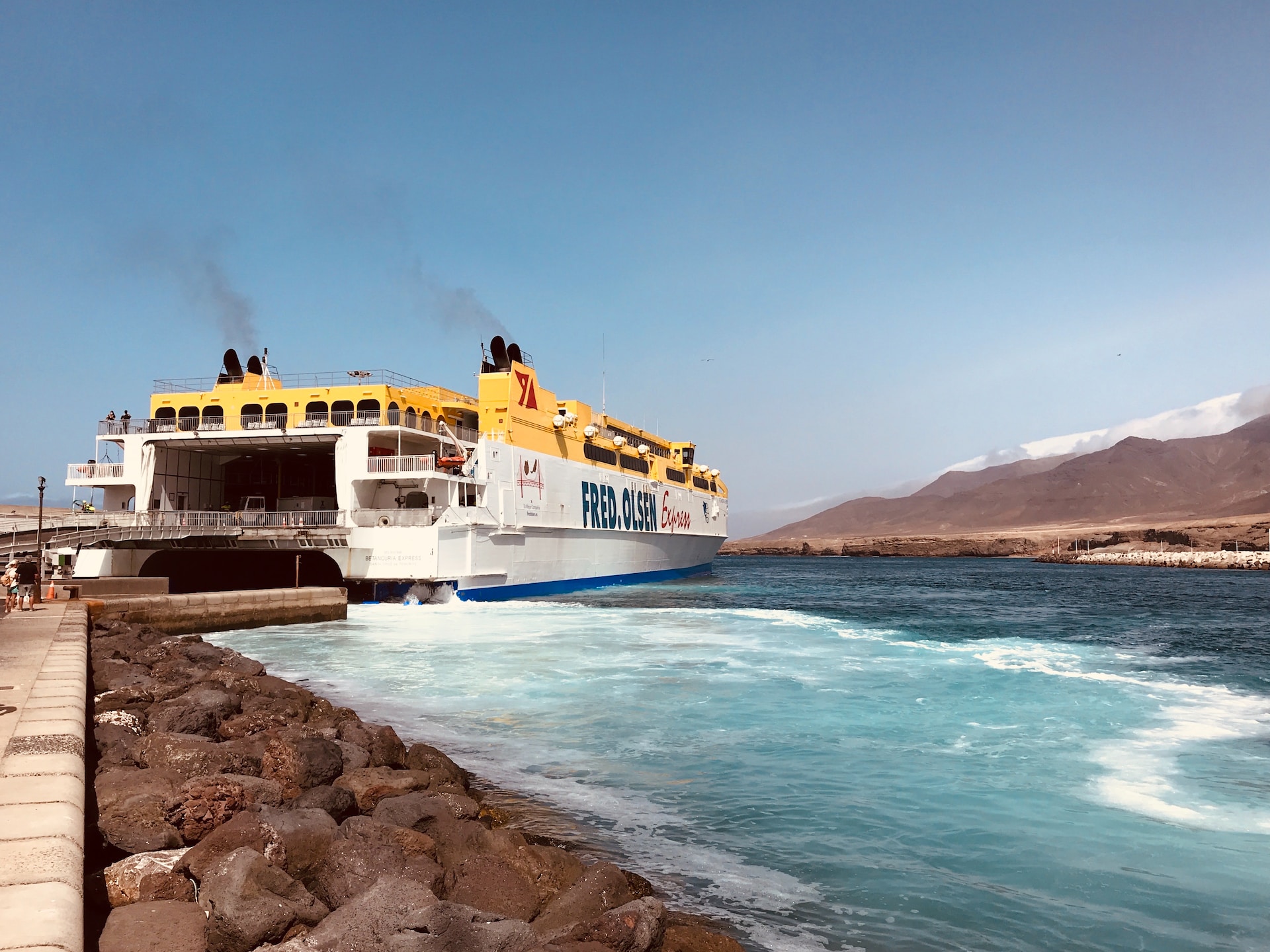
These are some different types of RoRo ship:
PCC vessels
PCC stands for Pure Car Carrier, a type of RoRo cargo ship that is exclusively used for transporting cars. A Pure Car Carrier (PCC) ship features multiple decks and ramps, enabling vehicles to be driven on and off efficiently.
Unlike mixed-use RoRo vessels, PCCs are specifically built to maximize space and ensure the safe and secure transportation of cars, accommodating thousands of vehicles in a single voyage. They are crucial in the global automotive supply chain, facilitating the movement of new cars from manufacturing hubs to markets worldwide.
PTCC vessels
PTCC is short for Pure Truck & Car Carrier. And you guessed it - these are similar to PCC ships but are used for transporting both trucks and cars, as well as other vehicles. And like Pure Car Carrier vessels, PTCC ships are also an essential part of the vehicular supply chain.
ConRo ships
A ConRo ship, short for Container Roll-on/Roll-off ship, is a cross between a container ship and a RoRo ship. These versatile commercial vessels are designed to carry both containerized cargo and vehicles.
ConRo vessels feature specialized decks and ramps for vehicles to be driven on and off, as well as traditional cargo holds equipped for stacking containers.
The dual functionality allows ConRo ships to efficiently transport a diverse range of goods, from automobiles to various types of containerized freight, making them highly valuable in the global shipping industry for their flexibility and efficiency in handling different cargo types in a single voyage.
RoLo ships
You might have guessed this one! A RoLo ship, or Roll-on/Lift-off ship, is a hybrid maritime vessel designed to accommodate both roll-on/roll-off cargo, such as vehicles, and lift-on/lift-off cargo, such as containers and heavy equipment.
Like their counterpart the ConRo ship, RoLo vessels feature ramps for vehicles to be driven on and off, as well as cranes and other lifting equipment to load and unload containerized and non-rolling cargo.
Again, this combination allows RoLo ships to handle a diverse range of goods efficiently, offering flexibility in transporting various types of cargo in one voyage, thereby enhancing operational efficiency in the shipping industry.
LMSR vessels
LMSR stands for Large, Medium-Speed Roll-on / Roll-off vessel. The majority of LMSR ships are Military Sealift Command (MSC) RoRo cargo vessels that were either built specifically for military cargo, or converted from commercial RoRo ships.
They allow for the rapid deployment of heavy equipment and vehicles and are equipped with extensive internal ramps and large cargo decks, allowing tanks, trucks, and other military vehicles to be driven on and off efficiently.
LMSR ships are built for speed and capacity, capable of transporting large quantities of military hardware over long distances at moderate speeds. They play a critical role in military logistics, ensuring that armed forces can be swiftly and effectively mobilized to support operations worldwide.
RoPax ships
Short for Roll-on / Roll-off and Passengers, RoPax vessels are used for the transportation of wheeled freight and like other RoRo ships have ramps for vehicles but they also have passenger accommodation and amenities onboard.
RoPax ships are commonly used on short sea routes, providing an efficient and convenient means for travelers to take their cars along on their journeys. This combination of cargo and passenger services makes RoPax ships an essential part of regional transportation networks, facilitating tourism and travel while also supporting commercial logistics.
One thing to note is that if a ship can accommodate more than 500 passengers it is referred to as a cruise ferry, a vessel which combines the RoPax’s freight handling abilities with some of the facilities of a cruise ship.
How are cars and other vehicles secured on RoRo ships?
Whether it’s a RoRo cargo ship or a RoPax passenger ferry, securing cars and other vehicles on RoRo vessels is a meticulous process designed to ensure their safety during transit.
First of all, the vehicles are driven onto the ship using built-in ramps. Once aboard, each vehicle is carefully positioned in designated parking areas on the cargo decks. To prevent movement during the voyage, the vehicles are secured using a combination of wheel chocks, lashings, and chains.
Wheel chocks are placed around the tires to keep the vehicles stationary, while lashings - typically strong straps or ropes - are attached to anchor points on the ship's deck and the vehicle’s chassis or wheels. Chains may also be used for heavier vehicles to provide additional stability.
In addition to these primary securing methods, several other measures are taken to enhance cargo and human safety. Vehicles are often parked with adequate spacing between them to prevent contact and potential damage. The ship's crew conducts thorough inspections to ensure all lashings and chocks are properly applied and tight. They also regularly monitor the secured vehicles throughout the voyage to address any issues that may arise due to shifting sea conditions.
RoRo vessels are also equipped with advanced stabilization systems to minimize the effects of rough seas, reducing the risk of vehicles moving or becoming unsecured. These comprehensive securing procedures are essential for maintaining the safety and integrity of the cargo, ensuring that vehicles arrive at their destination in the same condition as when they were loaded.
How is a RoRo ship’s cargo measured?
RoRo ships can have up to 13 decks with most having a capacity of 4,000 to 5,000 car equivalent units, while some can hold up to 8,000 vehicles.
Normally, cargo and container ship freight is measured in metric tonnes. However it's not quite as simple when we’re talking about a RoRo ship’s cargo as obviously this won’t be neatly split up into stackable shipping containers, but will involve a whole medley of vehicles of different sizes, shapes and weights.
Read more: Everything You Need to Know About Offshore Vessels
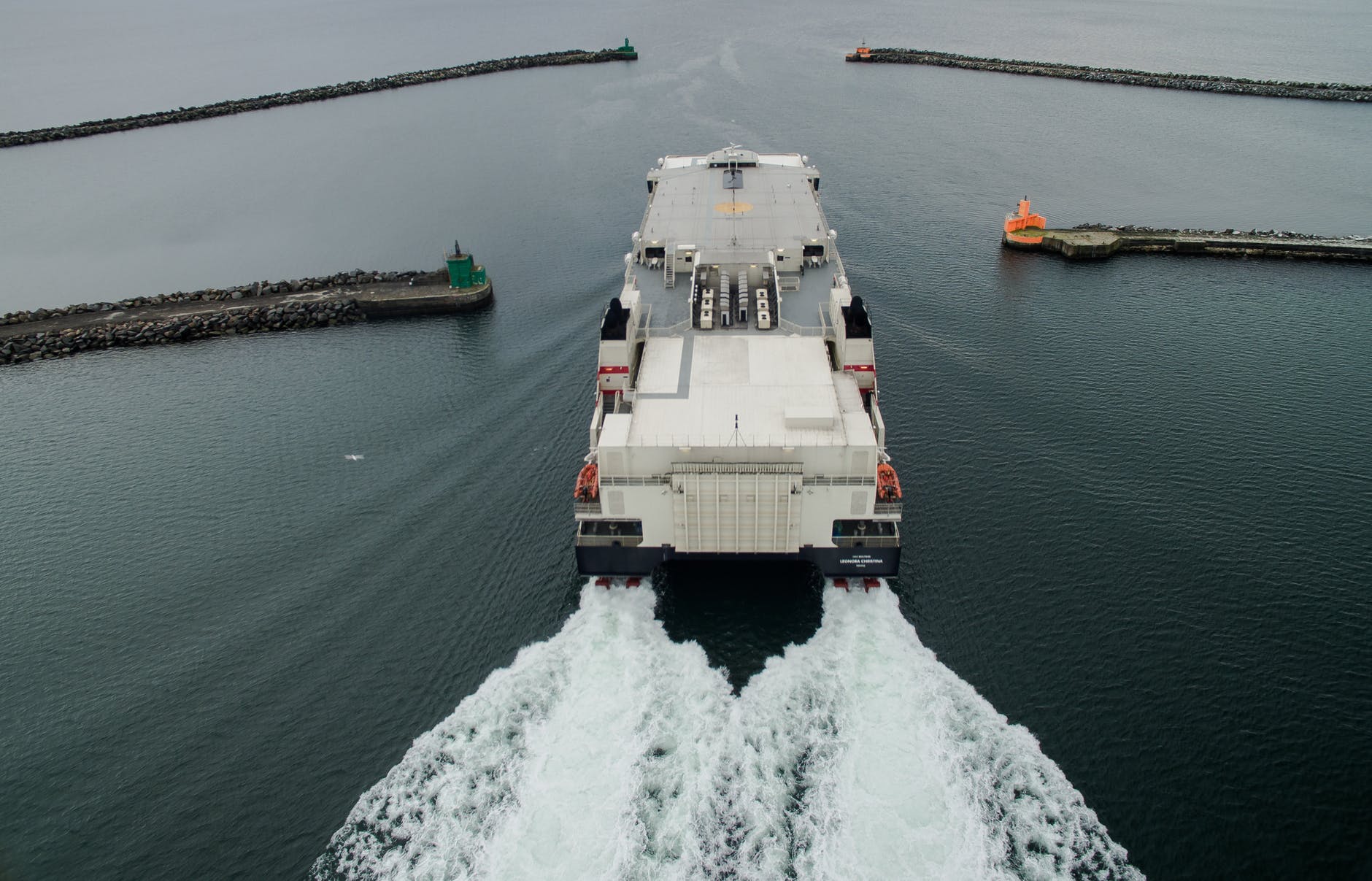
Therefore RoRo ship cargo is measured in something called Lane in Meters, or LIMs. To calculate it you follow the simple equation below:
Length of the cargo in meters x the cargo’s width in a lane = mystery number
Then
Mystery number x the number of decks on the vessel = LIMs
However, just in case you ever find yourself in a situation where you need to calculate the cargo on a RoRo ship, bear in mind that there are a number of different industry standards for lane width and so your end result will depend upon the particular vessel you are on.
What are some benefits of RoRo cargo ships?
A RoRo cargo vessel provides a number of benefits when compared to a conventional cargo ship. These are some of the key advantages:
For businesses using the service, the primary benefit of RoRo ships is speed. Vehicles such as cars and trucks can be driven directly onto the ship at one port and off at the destination port within minutes of docking, greatly reducing transit time.
Additionally, RoRo vessels can seamlessly integrate with other transport innovations like containerization. Customs-sealed units enable quick and efficient border crossings, thereby enhancing the overall speed and efficiency for shippers.
These ships have also gained immense popularity among holidaymakers and private car owners, playing a significant role in the expansion of tourism. A RoRo vessel allows individuals to transport their vehicles by sea, making it easier to travel from one country to another with their own cars.
Are RoRo cargo ships safe?
RoRo vessels have long been commercially successful due to their flexibility, seamless integration, and rapid operational speeds. However, despite their commercial achievements, RoRo ships have faced criticism for their design, which has been linked to several troubling accidents. The primary safety concerns include:
- Crew competency
- Stability issues
- Lack of internal bulkheads
- Cargo access doors
- Low freeboards
- Cargo stowage and securing practices
According to an IMO circular from January 2017, nearly two-thirds of lives lost at sea were due to accidents involving RoRo vessels. In response, the IMO has implemented various measures to reduce such incidents, some of which have profoundly affected the industry.
Despite the introduction of new laws, rules, and conventions, the situation has not significantly improved. Studies indicate that cargo shifts and operational faults are the primary causes of major accidents, often resulting from improper regulation implementation and human error.
RoRo cargo ships are complex in both construction and operation, making them particularly vulnerable to catastrophic consequences, especially considering the presence of passengers on board.
Everything you need to know about RoRo ships: Conclusion
The RoRo ship might not be the first vessel that comes to mind when you think of cargo ships or the merchant navy, but they are the unsung hard workers of the seas!
Thanks to their quick port turnaround times and their versatility when it comes to the cargo (and passengers) they can carry, the good old roll-on / roll-off model - and all of its variants - shows no signs of going anywhere soon.
PS, why not follow us on Facebook, LinkedIn and Twitter / X!?
Read the previous article in this series:Everything You Need to Know About Cargo and Container Ships
Read the next article in this series:Everything You Need to Know About Feeder Vessels
This blog post was originally published on November 4th 2021 and updated on August 23rd 2024

Eve Church
Eve is Martide's content writer, publishing regular posts on everything from our maritime recruitment and crew planning software to life at sea. Eve has been writing professionally for more than two decades, crafting everything from SEO-focused blog posts and website landing pages to magazine articles and corporate whitepapers.
UK
